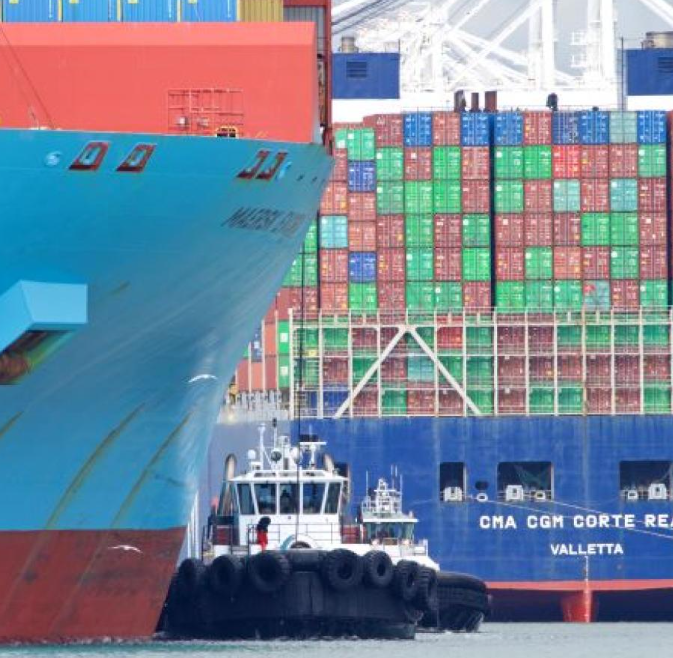跨太平洋地区短暂的旺季已将集装箱航运业对美国进口大幅增长的希望转移到12月底和1月初。库存去库存仍在继续,多数零售托运人将需要向亚洲工厂下大量采购订单,尽管零售商历来为春季囤货,并在寒假耗尽后和农历新年前补充库存。

根据标准普尔全球旗下PIERS的数据显示,7月份亚洲对美国的进口达到今年迄今的峰值,达到11个月高点。与2022年7月相比,这一数字仍下降了10%,不过Global Port Tracker预计,11月和12月的同比增幅分别为8%和10.7%。
MCL-Multi Container Line副总裁詹姆斯•卡拉多纳(James Caradonna)表示,洛杉矶和长滩8月下旬空间紧张的一个重要原因是,大约15%的产能在8月下半月被闲置。但这种月环比销售增长与我们所说的传统旺季相去甚远。
密歇根州立大学物流副教授杰森•米勒Jason Miller对美国联邦库存数据分析表明,美国进口量疲软将持续到2024年中期,但一些家具和家居用品销售商在去库存方面取得了重大进展。截至6月份,该行业的库存较2022年9月的高点减少了6.3%。但其他行业仍有一些路要走。
需求和费率的变动也因航线而异,亚洲到南加州的服务处理加拿大西部港口的溢出,这些港口几乎已从上个月的劳动力中断中恢复过来。从亚洲到太平洋西北部的需求疲软。
尽管从造船厂接收新的船只,但集装箱航运公司已经取消运力,放慢了运力,这使得舱位比实际需要的更紧,并阻止了即期运价暴跌。但与此同时,截至8月28日根据Sea-Intelligence的数据显示,集装箱航运公司在假期前的运力仅占部署运力的3%,而2019年这一比例为12.4%。
曾在Hasbro、Dollar General和Walmart担任物流主管的顾问凯文•帕克森Kevin Parkerson表示,今年进口量大幅反弹的前景不断被推迟,跨太平洋地区恢复传统季节性的最快时间可能是在中国春节之前,届时制造业生产通常会在为期两周的假期期间放缓。明年的春节将于2月10日开始。年终冬季假期和中国春节之间的这段时间,传统上被业内视为零售商补充库存意愿和航空公司为满足普遍上升的需求而控制运力的晴雨表。
货代网